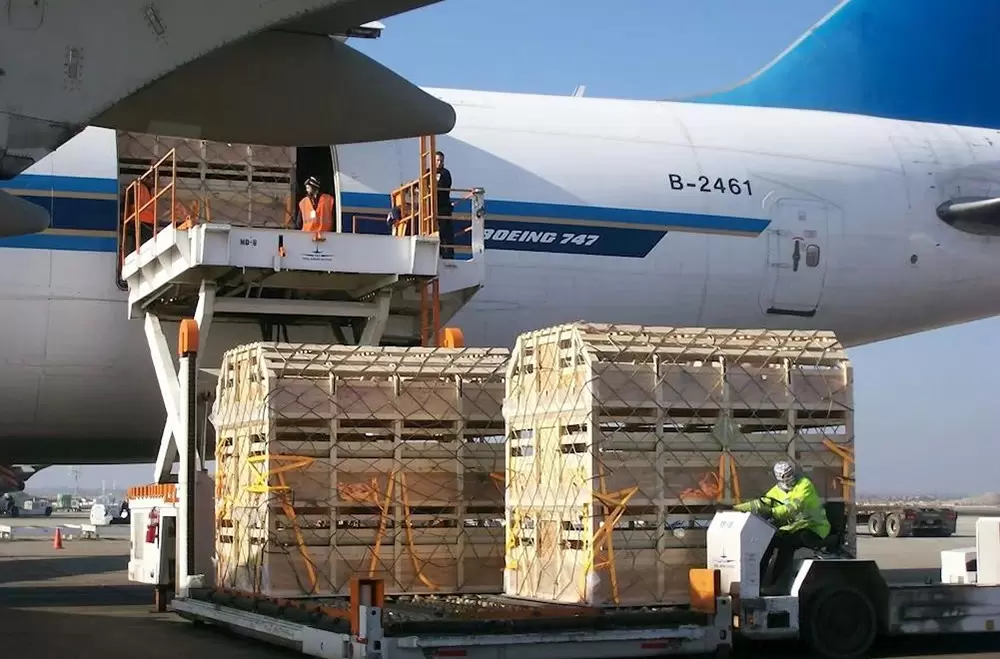Navigating the Tracks: Unveiling the Five Drawbacks of Rail Transportation
Rail transportation has long been a crucial mode of moving goods and people across vast distances. While it offers numerous advantages, it is essential to acknowledge the potential drawbacks that come with this method. In this forum post, we will delve into the five disadvantages of rail transportation, shedding light on its limitations and providing valuable insights for a comprehensive understanding.
- Limited Flexibility:
One of the primary disadvantages of rail transportation is its limited flexibility compared to other modes, such as road or air transport. Rail networks are fixed, and any changes or expansions require significant investments and time. This lack of flexibility can hinder the transportation of goods to specific locations, especially in remote areas with no direct rail access. Additionally, rail schedules are predetermined, making it challenging to accommodate sudden changes or urgent deliveries. - High Initial Costs:
Another drawback of rail transportation lies in its high initial costs. Constructing rail infrastructure, including tracks, stations, and signaling systems, demands substantial financial resources. Moreover, the maintenance and operation expenses associated with rail networks can be significant. These costs can pose a barrier to entry for smaller businesses or regions with limited budgets, limiting their access to rail transportation and potentially hindering economic growth. - Limited Accessibility:
While rail networks are extensive in many regions, they may not provide direct access to every destination. Unlike road transportation, which allows door-to-door delivery, rail transportation often requires additional modes of transport, such as trucks or ships, to reach the final destination. This intermodal transfer can increase costs, add complexity to logistics, and potentially lead to delays or damages during the transfer process. - Time Sensitivity:
Rail transportation is generally slower compared to air or even road transport. Trains have fixed schedules and are subject to various factors that can affect their speed, such as track conditions, weather, and maintenance requirements. Consequently, rail transport may not be suitable for time-sensitive deliveries or perishable goods that require swift transportation. Industries relying on just-in-time supply chains or those dealing with time-critical products may find rail transportation less favorable. - Environmental Impact:
While rail transportation is often considered more environmentally friendly than other modes, it still has its drawbacks in terms of sustainability. Trains typically run on diesel or electric power, both of which have associated environmental impacts. Diesel-powered locomotives emit greenhouse gases and contribute to air pollution, while electric trains rely on electricity generated from various sources, some of which may not be renewable. Additionally, the construction and maintenance of rail infrastructure can disrupt ecosystems and habitats, particularly in environmentally sensitive areas.
Conclusion:
In conclusion, rail transportation, despite its many advantages, does have several disadvantages that need to be considered. These include limited flexibility, high initial costs, limited accessibility, time sensitivity, and environmental impact. By understanding these drawbacks, stakeholders can make informed decisions regarding the suitability of rail transportation for their specific needs and explore alternative or complementary modes of transport to optimize their logistics operations.




